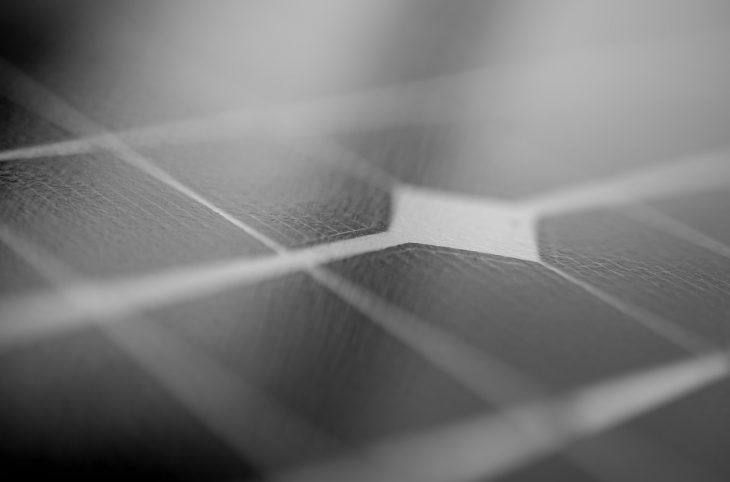Researchers from the University of Newcastle are developing a new type of thermionic device to convert concentrated sunlight directly into electricity.
Solar energy is an environmentally friendly alternative to consuming fossil fuels as a means for generating power. There are different ways to harness the sun’s energy and much research is needed to design a system that is cost effective and efficient. Thanks to a $515 000 grant from the Australian Solar Institute (ASI), a research project to create such a device is underway.
It involves redirecting the sun’s rays from a reflective parabolic concentrator onto a thermionic energy converter. This innovative concept is being investigated by Dr Heber Sugo and Professor Erich Kisi who believe their product will simplify the harvesting of solar energy.
“The ability of a solid-state device to convert heat directly into electricity eliminates the need to install conventional steam driven generators. This not only saves on the capital costs but also reduces thermodynamic losses in the process” Dr Sugo said.
Dr Brent Jenkins, CEO of Newcastle Innovation, notes that such a process has the potential to create an alternative power generation method to current solar thermal systems.
“Typical systems focus the sun’s rays onto a working fluid that is heated to around 300°C. This working fluid is then used to heat steam for use in a conventional steam turbine to create electricity. This new system could reduce the capital and complexity associated with the traditional approach.”
The research program will focus on refractory emissive materials which are able to withstand temperatures of up to 1500°C. The use of these materials greatly improves the thermodynamic efficiency of the device as the higher the operating temperature, the greater the capacity to convert heat into useful energy. Refractory materials have been used for similar applications in spacecrafts since the 1960’s.
Enabled by the strong materials science and fabrication capabilities that reside within the research team, work is currently being undertaken to fabricate emissive materials and characterize their physical and electronic properties. Subsequent work will involve the engineering of a protective envelope that will enable the device to work efficiently at elevated temperatures.
The advanced technology incorporated within a sealed device will be attractive to power generation industries wanting lower capital costs and reduced operational maintenance.
